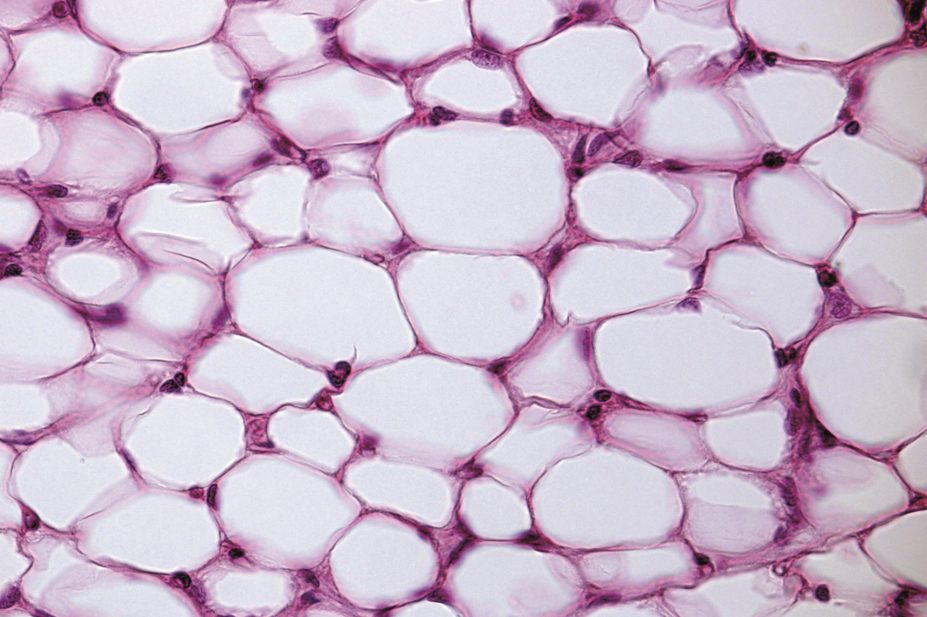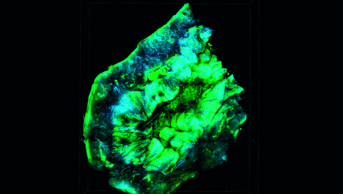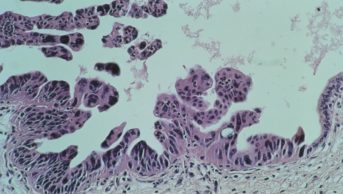
Shutterstock.com
Recent work has implicated the immune system in regulating metabolic disease. In particular, group 2 innate lymphoid cells (ILC2s), which regulate adaptive immunity, are thought to limit the development of obesity by increasing energy expenditure.
Now, for the first time researchers have identified ILC2 in human white adipose tissue (WAT) and shown that it limits obesity through the recruitment of beige adipocytes, in a process known as ‘beiging’. Whereas this pathway is dependent on interleukin-33, ILC2s can also produce enkephalin peptides that act directly on adipocytes to promote beiging.
The data indicate that dysregulated ILC2 responses in WAT are a conserved feature of obesity, say the researchers in Nature
[1]
(online, 22 December 2014). Furthermore, targeting the IL-33/ILC2/beiging pathway could represent a new approach for treating obesity and obesity-associated diseases.
References
[1] Brestoff JR, Kim BS, Saenz SA et al. Group 2 innate lymphoid cells promote beiging of white adipose tissue and limit obesity. Nature 2014. doi:10.1038/nature14115.


